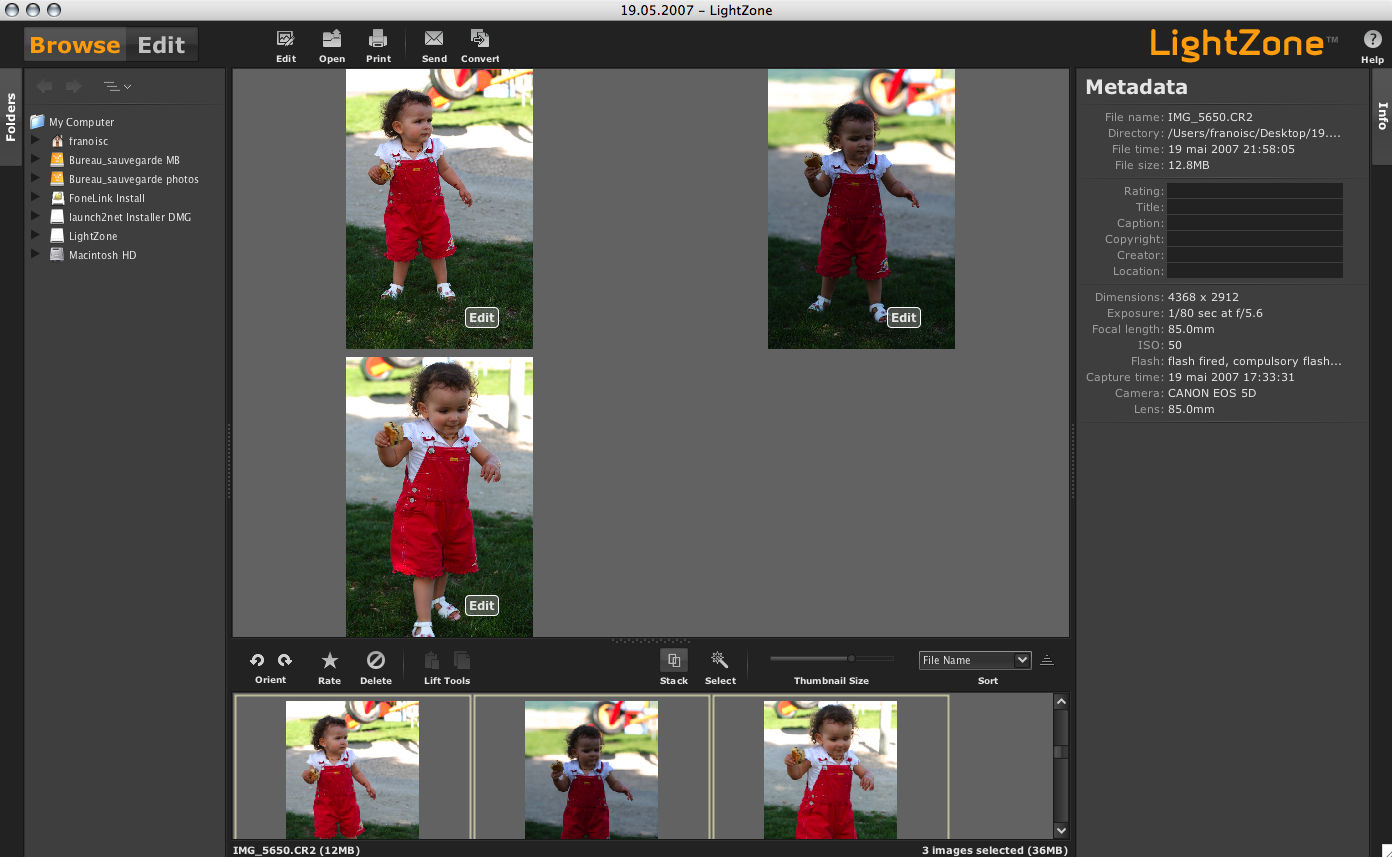

Walls will also help to soak up stray light. A rough, very flat black surface inside the tube Then most of the stray light coming from other directions will hit a baffle instead ofįinding it's way to the eyepiece. These baffles closely match the desired cone of incoming light, and are spaced properly, One way to reduce glare is to install baffles in the tube. Sky glow can get into places it shouldn't and reduce contrast. Telescope is pointed away from the moon - city lights, bright planets, and even fairly faint This stray lightīrightens the whole field, reducing contrast. The tube wall, bounces around trying to get into the observers eye. The light from the moon, shining on the inside of Way to check a telescope for strong glare is to view a star near the moon, but with the moon Interferes with the light from the object of interest.Ī very common problem in Newtonian telescopes is glare. Glare: Stray light reflected in the telescope which Sample WHITE telescope for a 6 inch f/8 telescope (this is the default telescope which is To solve this problem, increase the diameter of the tube. This means that the 75% zone is reduced in size, and there is a sharp cutoff of light at Notice in the WHITE example that the 75% ray strikes the tube wall near the front. Will get very little light near the edges of the field of view.Īnother place vignetting occurs is at the front end of the tube. If the lens is wider than the 75% zone, it This eyepiece has a very large field lens. This will effect a low power, wide angle eyepiece the most, because Of the 75% zone, and then a very sharp falloff of light to zero. What the eyepiece sees is all of the 100% zone, all Using a low profile, wide focuser is one of the easiest ways toĮven if the 75% zone light cone just passes through the focuser, At any focal ratio less than about f/10, this can cut off a fair amount Many telescopes are built with the standard 1¼ inch byģ½ inch focuser. To see where the light cone might strike the focuser, look at the Ray Trace tab.Ī tall focuser increases the probability of vignetting. The most common problem area is the insideĭiameter of the focuser. It's path before it reaches the eyepiece. Vignetting occurs when the cone of light strikes an object in Vignetting: A reduction of the amount of light reaching the focal plane by objects intruding into the light path. The problem areas in a design, adjust variables, and check the results. That is the reason for Newt - to quickly find Many factors can interrupt or distort the flow of light in a Object, bring it to a clear and undistorted focus, magnify it, and deliver it to a detector The purpose of a telescope is to collect light from a distant Has his or her opinion of the "correct" way to do something. There are differing optimizations based on the intended In some cases, more than one formula was available, giving Many of Newt'sĬalculations were taken from standard formulas in books. Telescope design is part science and part art.

All you really need.Vignetting Glare (Baffles) Improper Design Atmospheric Distortion Illumination Size Visual Use Photgraphic Use Spare Focuser Travel Using a Camera References Notes on Telescope Designīy Dale Keller, from Newt 2.5, with minor edits to make it compatible with Newt-Web This is why, after I have the fun of messing around with this stuff, I always go back to Bridge/ACR/Photoshop. In fact, an expert Photoshop user, using Bridge, ACR and Photoshop can do everything that any and all of these programs do - and more. Photoshop has been around for thirty years and there really is no competition. Things like masking, dodging and burning, luminosity or color channel corrections, resizing, sharpening, vignettes and noise reduction are far better served in Photoshop (and its filters) although DxO has a very, very good noise reduction algorithm. IMHO, and I will state that opinion very loudly, these programs - PhotoLab, CaptureOne, On1, Alien Skin, Luminar, Iridient Developer, LightZone, PhotoNinja, Picktorial, Pixelmator, Raw Photo Processor, Dark Table, Lightroom and ACR - are best at raw conversion, tone controls, white balance, color control (to a degree), in other words basic raw processing. I have made my own profiles in ACR so it will be an interesting comparision.Īlso: in reading some of the comments here I can't tell whether the writer is a non-owner of Photoshop and looking at PhotoLab (or CaptureOne) to do everything, or just fooling around with the trial. I will shoot some with the D3s (if/when the sun comes out) and take a look at the renderings in DxO PhotoLab with both the default and camera body profile.


 0 kommentar(er)
0 kommentar(er)
